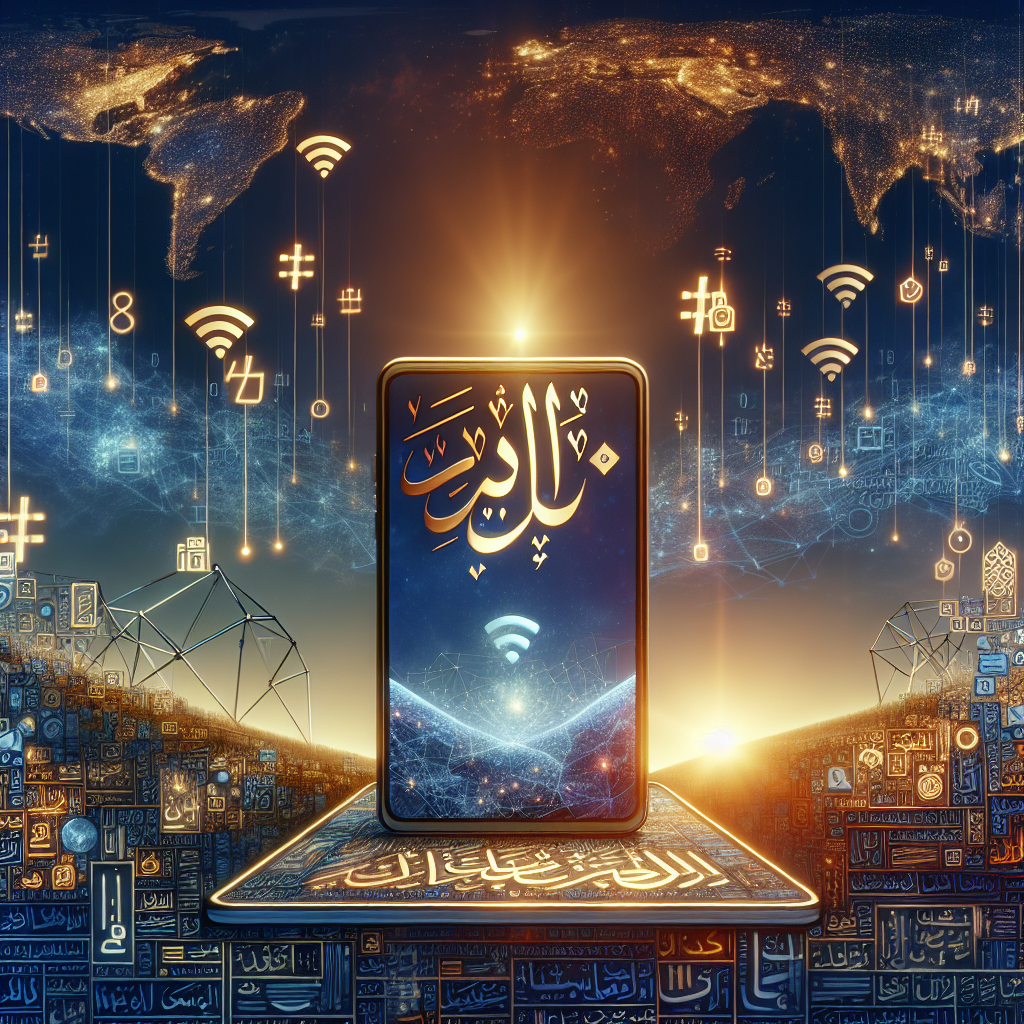The Arabic Alphabet and Its Influence on Global Communication Strategies
Have you ever wondered how the Arabic alphabet, with its beautifully intricate script, influences global communication? Whether you’re a language enthusiast or someone curious about cultural connections, this blog post will take you on a fascinating journey through the world of Arabic script and its impact on international dialogue. 🌍✉️
Table of Contents
1. Introduction to the Arabic Alphabet
2. The Historical Reach of the Arabic Script
3. Influence on Modern Global Communication
4. The Role of Arabic Script in Digital Communication
5. Conclusion
6. FAQs

Introduction to the Arabic Alphabet
The Arabic alphabet is more than just a collection of 28 letters; it’s a gateway to understanding one of the world’s richest cultures. Originating from the Nabataean script, the Arabic alphabet has a unique cursive style, written from right to left. This script isn’t just used in Arabic-speaking countries but also in various languages like Urdu and Persian. So, why is it so influential? 🤔
The Historical Reach of the Arabic Script
The influence of the Arabic alphabet extends far beyond the Middle East. During the Golden Age of Islam, Arabic became the lingua franca of science, philosophy, and art. From Spain to India, scholars translated key texts into Arabic, making it a cornerstone of knowledge dissemination. This historical context laid the groundwork for Arabic’s lasting impact on global communication. 📜🌟
Influence on Modern Global Communication
In today’s interconnected world, the Arabic script plays a crucial role in bridging cultures. Companies aiming to expand into Middle Eastern markets often adapt their communication strategies to include Arabic. This not only involves translation but also cultural adaptation, ensuring the message resonates with local audiences. In a globalized economy, understanding and leveraging the Arabic script can be a game-changer for international businesses. 💼🌐
The Role of Arabic Script in Digital Communication
The digital age has opened new avenues for the Arabic script. With over 400 million Arabic speakers worldwide, social media platforms and search engines have optimized their interfaces for Arabic content. This shift is evident in the rise of Arabic hashtags and the increasing number of Arabic language websites. As digital communication continues to evolve, the Arabic script remains a vital component of global connectivity. 📱💻
Conclusion
The Arabic alphabet is more than just a script; it’s a powerful tool for cross-cultural communication. Its historical roots and modern applications make it an essential part of global dialogue. Whether you’re a business professional or a language lover, understanding the influence of the Arabic script can enhance your communication strategies and open new doors in our interconnected world. 🌍🤝
FAQs
Q1: How many letters are in the Arabic alphabet?
A: The Arabic alphabet consists of 28 letters.
Q2: Is Arabic script used in any other languages?
A: Yes, the Arabic script is also used in languages like Urdu, Persian, and Pashto.
Q3: How has the Arabic script influenced digital communication?
A: The Arabic script has greatly influenced digital platforms, with increased support for Arabic content on social media and websites.
Q4: Why is understanding the Arabic script important for global businesses?
A: Understanding the Arabic script helps businesses tailor their communication strategies to effectively reach and engage Middle Eastern markets.
Q5: What role did the Arabic script play in historical knowledge dissemination?
A: During the Islamic Golden Age, Arabic was the main language for translating scientific, philosophical, and artistic works, spreading knowledge across continents.






